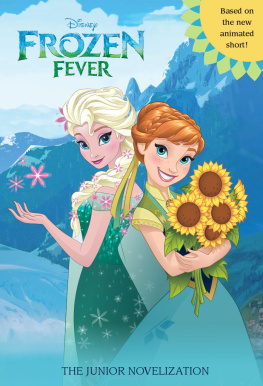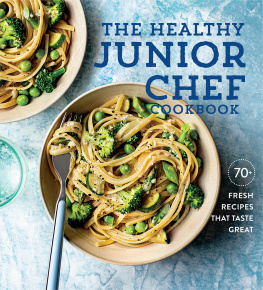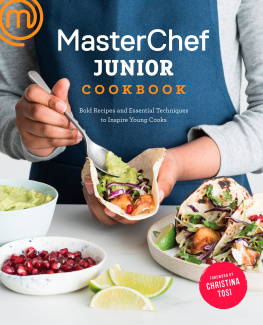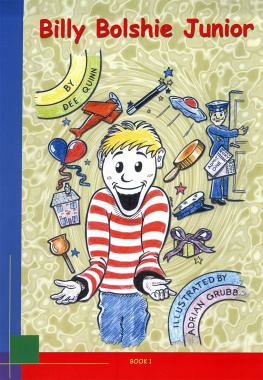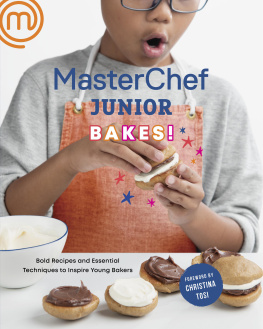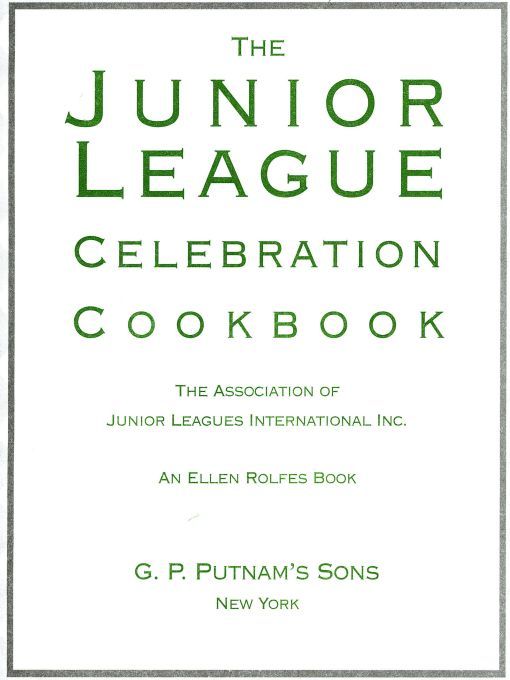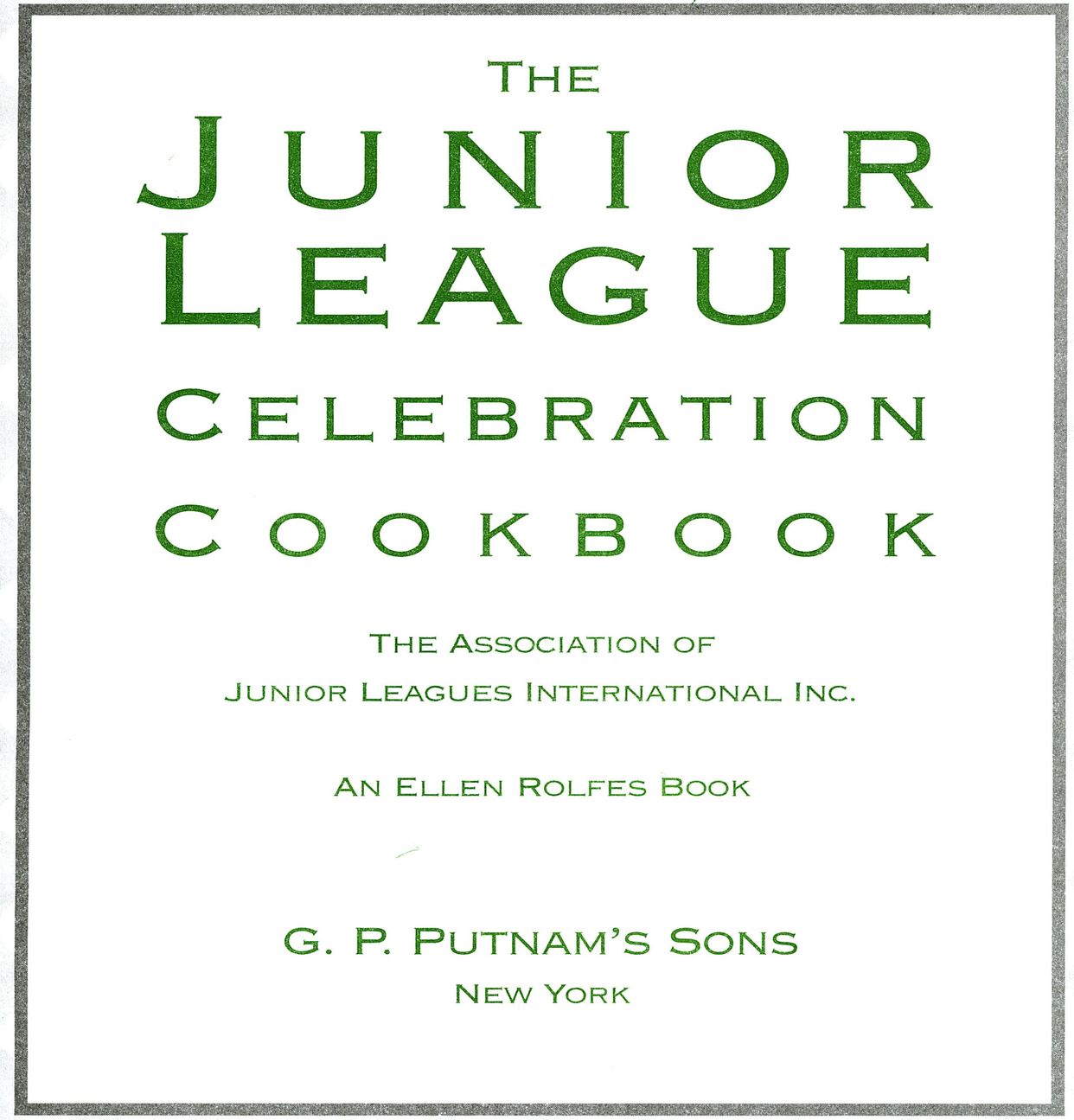Table of Contents
ACKNOWLEDGMENTS
AJLI wishes to thank all the Junior Leagues that generously submitted recipes from their League cookbooks. Our appreciation goes to the Ad Hoc Cookbook Committee members for their support and for sharing their invaluable cookbook marketing experiences: Susan Rehfeld, JL of Huntsville, AL; Susan Carley, JL of Atlanta, GA; Ella Herlihy, JL of Atlanta, GA; Holly Kay Walters, JL of Memphis, TN; Cynthia Stanford, JL of Cincinnati, OH; Pam Murray, JL of Charleston, SC; Jamie Young, JL of El Paso, TX; Ann Perrino, JL of Portland, ME; Marsha Powell, JL of Monroe, LA; Gwen E. Barron, JL of Monroe, LA; and Cristina de Perez-Verdeda, JL of Mexico City, Mexico.
TheJuniorLeague CelebrationCookbook would not have been possible without the leadership of AJLI Executive Director Jane Silverman and the hard work of AJLI Director of Communications and Development Anne Lieberman and Communications Associate Jannell Khu.
In addition, special thanks to Sara, Wally, and Buntz Watkins.
To the spirit of voluntarism, and to all those individuals
who do indeed change the world through their acts o,f caring
INTRODUCTION
Great-grandmothers tattered dime-store notebook, where she wrote down the family recipes, doesnt just list ingredients and provide instructions for creating dishes the deeper message behind this precious family heirloom is one of love that nourishes the body and the soul. Her cookbook is a legacy that she left behind for her family; the recipes are a tradition she instilled in future generations to preserve.
The Junior Leagues have published cookbooks for over fifty years and know a thing or two about leaving behind legacies. The cookbooks capture and preserve the food traditions of the community offering portraits of the myriad ways that the women of the Junior League cook for celebrations, for special events and for everyday. But these cookbooks are also a testament to the countless Junior League volunteers who dedicate themselves to meeting the needs of their communities through successful programs that have improved and transformed the lives of thousands of people.
Junior Leagues publish cookbooks to raise money to help fulfill the organizations mission: to promote voluntarism, develop the potential of women and improve communities. Over the years, cookbook revenues have helped communities to build parks, playgrounds, museums, educational programs, and shelters for women and children. In other words, Junior Leagues have used their cookbooks as a means to an endthe improvement of their local community based on a careful assessment of what is needed.
Sprinkled throughout this book are some Recipes for a Better Community, which illustrate the extraordinary achievements of women who came together with a shared vision and took action to make a difference in their communities. These Recipes describe a sampling of the many projects that Junior Leagues have funded and founded through money raised by their cookbooks. In many cases, the cookbooks and their revenue have empowered Junior Leagues to take their place at the table... the table of community decision-making where neighborhoods are strengthened, programs are green-lighted, and needs are strategically met. These cookbooks have helped give voice to generations of womens community leaders who would otherwise have been working silently in the background.
While Leagues have raised funds since their inception in 1901, this can do entrepreneurial spirit really took off with the first published cookbook in the 1940s. Through the cookbooks, those postwar Junior League members took command of something that was personal and very close to their hearts. They took what they knew-home and hearthand turned it into gold. Junior League cookbooks have sold more than eighteen million copies and have generated tens of millions of dollarsmoney that has been fed back into the community.
Over the course of producing high-quality, award-winning cookbooks, League members have mastered business development, marketing, packaging, and sales techniques. They have become experts at managing and running national wholesale and retail mail-order businesses. Their cookbooks sell on television shopping channels, in national bookstores, and on the Internet. After hugely successful first cookbooks, many Leagues have published their second and third books. And recently, the Junior League of Boca Raton, Florida, produced a CD-ROM version of its cookbook.
Just as handwritten cookbooks safeguard and transmit families traditions and customs, Junior League cookbooks preserve and document regional food celebrations, culture, and history. Both the James Beard Foundation and the Radcliffe Institutes Schlesinger Library hold large collections of Junior League cookbooks. In fact, Junior League cookbooks are widely regarded as having set the standard for, and raised the bar on, community cookbooks. What makes a Junior League cookbook so special is that it holds so many treasured home-tested family recipes that have been handed down from one generation to the next. Heirloom recipes whose flavors describe another time and place nestle against contemporary dishes that accommodate todays hurried cook and take advantage of widely available, sophisticated ingredients.
But Junior League cookbooks dont just list ingredients and provide instructions for creating dishes. The deeper story of these cookbooks and the time-honored recipes that they hold is one of love. The books make manifest the dedication of thousands of women volunteers who transform their communities and, in the process, transform themselves. This book celebrates the work and love that two hundred and ninety-six Junior Leagues demonstrate to their communities through their collaborations, their commitment, and their cooking.
Jane Silverman, AJLI Executive Director
APPETIZERS
NORTHEAST AND MID-ATLANTIC
Extending down half of the Eastern Seaboard, the Northeast and Mid-Atlantic region speaks with a range of accent that reflects the diversity of our inhabitants. Our little states of Rhode Island, Maryland, Connecticut, and New Jersey nestle against Massachusetts, New York, and Pennsylvania, and everyone gets along. Only when someone asks, Which is better, Manhattan or New England clam chowder? or Who grows the best corn and tomatoes? is there bound to be trouble.
Opinions on these and other culinary matters run deep and strong, testimony to the kind of pride this region takes in its food. The Mid-Atlantic states share the nations longest history, with nine states being among the original thirteen colonies. In the early 1600s from Jamestown, Virginia, to Plymouth Rock, Massachusetts, European settlers began developing Americas first cooking traditions. Not that they were alone.
Our food history goes back further still. For eons before the Europeans arrived, American Indians cultivated the land, fished the waterways, and hunted in a primeval paradise of verdant fields and deep forests. Their agriculture and hunting skills sustained the struggling settlers during their first years in America. Some of the dishes taught to our forefathers still survive, such as the Algonquin combination of corn and lima beans known as succotash. Americas treasured national holiday of Thanksgivinga rich celebration of the harvests bounty and our own good fortunebegan here.




